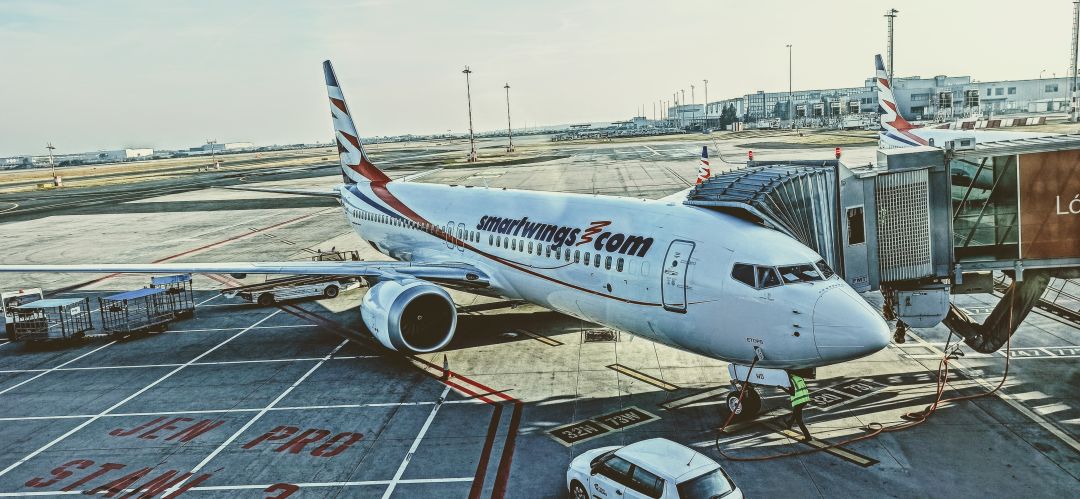Hoteliers in Prague aren’t complaining much out of respect for the human suffering that Ukrainians are enduring almost next door. But the unexpected war has dashed their hopes of a steady recovery following two miserable years of pandemic restrictions. Those hopes rested to a large degree on CEE air travel and the airline sector’s ability to bounce back. So has the war grounded flight ticket purchases to, and within Europe?
Not really. Or to put it more precisely, not nearly as much as the Covid crisis did. That’s the clear picture you get if you look at . . .
------------------------------------------------------------------------------
Subscriber content
Archival content is available to subscribers only. If you have a membership subscription and are are experiencing issues logging in, please try the login below:
If you're interested in reading further, why not gain full access to the archives by subscribing?
Order your subscription here and we'll send you an invoice.
Annual memberships (€100/yr) can also be paid for by credit card, or you can pay month-to-month by clicking here.






